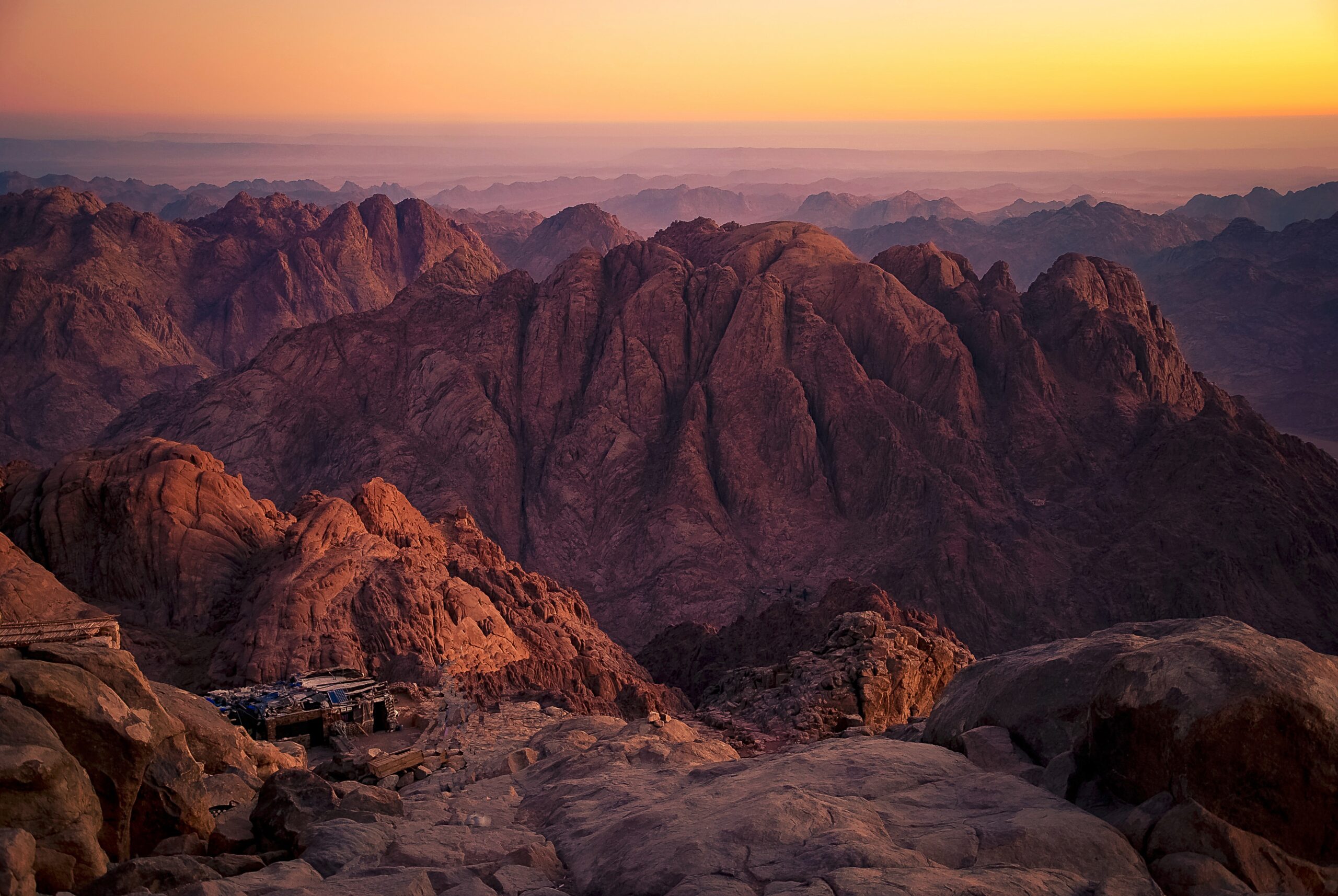A new Biblical documentary focused on the real location of Mount Sinai has been produced under the direction of Tim Mahoney. The documentary, entitled “Journey to Mount Sinai II”, is part of the Patterns of Evidence series, is another compelling film, and presents the evidence in a way to leave it to the audience to determine the truth.
This is the seventh documentary in a series that travels through the Bible, investigating evidence of its historical credibility, the accuracy of its transmission through the centuries, and how it impacts the modern world. Mahoney, an award-winning filmmaker, is driven by one question: Did the stories recorded in the Bible really happen? The previous films were Patterns of Evidence: Mt Sinai I, Patterns of Evidence: The Red Sea Miracle I & II, Patterns of Evidence: The Moses Controversy, and Patterns of Evidence: The Exodus.
His documentaries are far more than Biblical commentary. Mahoney travels to the locations where biblical events are said to have happened, interviewing leading archaeologists and scholars from all over the world who argue all sides of the debate about the credibility of the Bible. The biblical stories are retold, accompanied by dramatic reenactments and special effects.
The evidence is presented in detail and the audience is encouraged to draw its own conclusions.
The upcoming movie is the second in a series focusing on Mount Sinai. Theories of the location of the Biblical mountain abound as do cynics who claim the Biblical account is a fanciful myth with no basis in reality. After 20 years of research, Mahoney has narrowed the candidates down to six possible candidates. Three of the possible sites are presented in the first of two installments and a “scorecard” is offered to help the viewer decide. The scorecard helps the viewer rank the details of the journey from Egypt.
“I believe this interactive approach of using the Mount Sinai Scorecard will open up a whole new level of engagement for the viewer and their faith, as they use their Bible to evaluate the evidence being presented for each Mount Sinai candidate,” shares Mahoney. “At the end of the two films, the viewer will be able to rate which location they believe is the true site of Mount Sinai as well as be inspired by the historical credibility of the Bible.”
The Israelites are recorded as stopping at seven campsites between the miraculous crossing of the Red Sea and Mount Sinai. The full list is recorded in the Book of Numbers chapter 33, while Exodus records only some of the stops but with more details of events along the way. The Bible gives a total timeframe of 45 to 60 days from leaving Goshen to reaching Mount Sinai.
Mount Sinai must be near Midian where Moses lived for 40 years after fleeing Egypt.
Mount Sinai is also described as being ‘the backside” (to the west) of the wilderness (Ex. 3:1).
Based on various interpretations of the Hebrew word “aleph” (typically meaning thousand), there would have been thousands to millions of Israelites camping at Mount Sinai. In light of this, there must be a large plain at the mountain. If this was so, there must be a nearby plain that’s large enough for the people to live out for a year.
The Bible says that the Israelites were able to wash their clothes at Sinai. Considering their population size, their large flocks and herds, and the fact they were at the mountain for nearly a year, the site needed to have a very large supply of water.
There needs to be a cave because the Bible describes that Elijah lodged there during his time at Mount Sinai (1 Kings 19:8-13).
For years, Jebel Musa (the mountain of Moses) in the southern Sinai Peninsula has been identified as the Biblical mountain but in recent years, several other mountains have been suggested as possible candidates.
Many believe that two possible sites are in Saudi Arabia: a mountain called Jebel al-Lawz (mountain of almonds) or Jabal Maqla (burnt mountain), one of the tallest mountains in the Arabian peninsula and notable for its blackened peak. Both are located in northwestern Saudi Arabia on the border with Jordan. Access to these mountains is restricted by the government and it is forbidden to photograph them.
“Could Mount Sinai actually be Har Karkom, in Israel’s Negev desert, strewn with thousands of pieces of rock art?,” the filmmaker asks. “Might the mountain be at one of two locations in Saudi Arabia? Mt Bedr, a recently active volcano, or Jabal al Lawz where explorers claim abundant evidence matches the events of the Exodus?”
And, of course, the big question: “After 3,500 years, can evidence for the mountain where Moses and the Israelites met God still be found?”
Examining details of five major biblical criteria compared to geographical, historical, and archaeological information, Mahoney sets out to pin-point the mountain’s actual location.
Journey to Mount Sinai II will open on May 15th and 17th in theaters.




